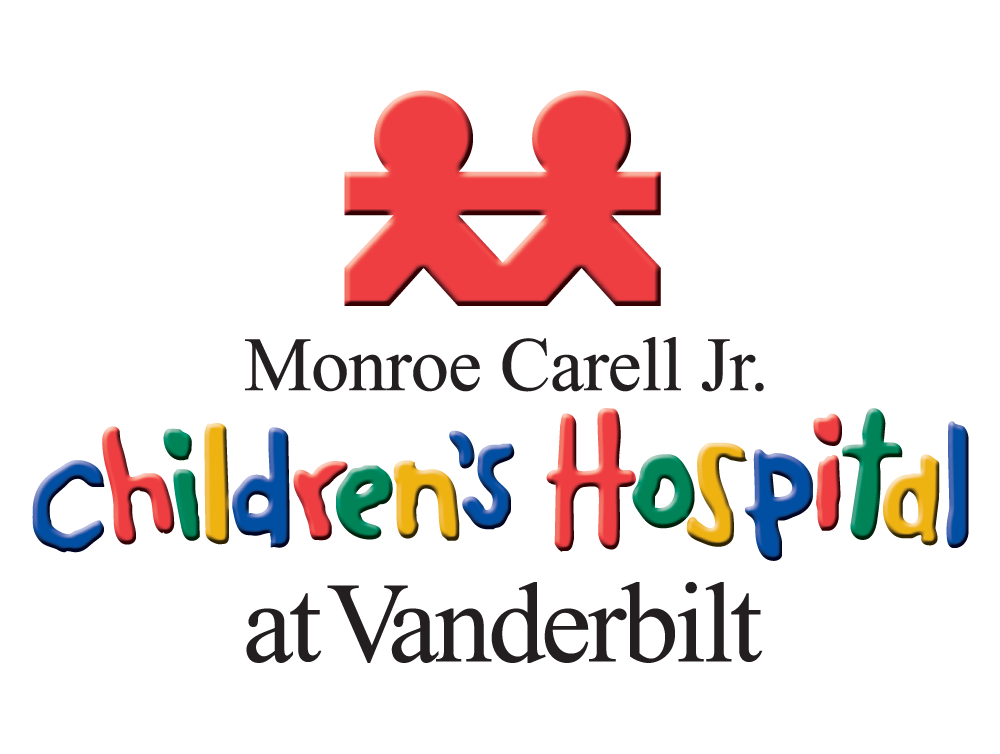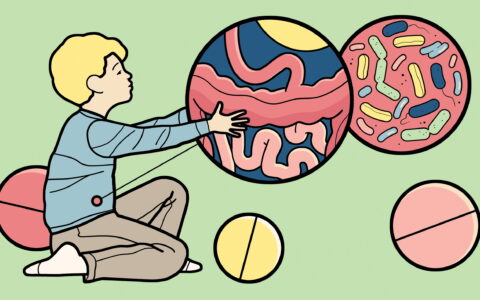Children with eosinophilic esophagitis (EoE) who are experiencing difficulty at mealtimes are best served by a multidisciplinary team of medical caregivers, concludes Girish Hiremath, M.D., a pediatric gastroenterologist at Monroe Carell Jr. Children’s Hospital at Vanderbilt.
Hiremath recently coauthored an article about the complexities involved in diagnosing and managing feeding difficulties in children with eosinophilic esophagitis.
“When gastroenterologists work with other experts with varied skill sets, the child is most likely to receive the comprehensive care that leads to the best outcomes.” Hiremath said. “And the caregivers are most likely to receive the education needed to manage these complicated situations.”
Eating difficulties arise for many reasons, including esophagitis. Correctly defining the root cause of the problem gives interventions the best chance of working. Thus, a care team may need to include experts such as allergists, feeding specialists, speech therapists, and psychologists.
Ripple Effects on Families
Feeding difficulties are deep problems that affect not only patients but also their families and broader areas of social life.
“A child may be highly distracted and take forever to eat or pocket the food in their mouth,” Hiremath said. “These kinds of mealtime dynamics and the stress involved can overpower every other dynamic in the family.”
“Feeding difficulties may affect many aspects of a child’s health, development, growth, nutrition, and overall well-being.”
Other behaviors that children with eosinophilic esophagitis may display include rejecting certain textures or certain types of food. Other tactics include drinking a lot of fluid with their meals or cutting food into small pieces.
“The working theory is that it’s hard for them to push the food through the food pipe, so they come up with these compensatory methods,” Hiremath said.
Feeding Issues Trigger Concern
“Feeding difficulties occur in 25 percent of typically developing children and 75 percent of those with developmental disabilities,” Hiremath said.
Dysfunction involving meals is the presenting complaint for nearly 50 percent of children who are eventually diagnosed with EoE, the research team wrote.
“The prevalence of feeding difficulties in children with EoE has not been systematically studied. Although some studies have placed it at 16 percent, I think it’s higher — 30 to 35 percent,” he said.
Ruling Out EoE
Extreme distractibility, not so unusual in a very young child, should give a clinician pause if it remains as part of an older child’s mealtime routine.
“A 2-year-old you expect to be very distracted. That might not jump out as being abnormal,” Hiremath said “But this is one of the features that should stand out in an evaluator’s mind.
“When the level of distractibility is more than one would expect for the child’s age, it is appropriate to take steps to determine if they have EoE or are at risk of esophagitis or other physical issues.”
Various slowing-down strategies employed by children during meals are not specific symptoms of EoE, and they are not unique to EoE patients alone, the physician said. Still, when a clinician hears that a child exhibits behaviors that interfere with eating, the possibility of EoE must be considered.
“The clinician should ask themselves why feeding therapy interventions aren’t proving as helpful as they had expected or would have liked. Is there an organic problem going on?” he said.
Family History and Allergies
Other indicators for an EoE assessment include a strong family history of allergies and esophagitis or the child’s history of allergies along with feeding difficulties.
“Those aspects of a patient’s history will raise flags, adding layer upon layer that should start you thinking about whether this patient has EoE and whether that is the reason for the feeding problems.”
With such factors, Hiremath encourages referring the patient to a pediatric gastroenterologist for a deep medical history. Then comes a decision regarding additional testing for EoE.
Eating as a Cornerstone Activity
In addition to identifying and treating of underlying diseases, Hiremath and his colleagues emphasized the need for sufficient support and education for caregivers.
Factors to consider include optimal mealtime scheduling and the effect of positive reinforcement.
“Parent education regarding mealtime schedules and routines, reinforcement (physiologic and behavioral), and systematic interaction with food is a cornerstone to success,” they wrote.
Addressing feeding difficulties can take significant time, energy and effort.
“No other activity… consumes more time, attention and energy in the life of a family than feeding and eating. Feeding difficulties may affect many aspects of a child’s health, development, growth, nutrition and overall well-being,” the authors wrote.





